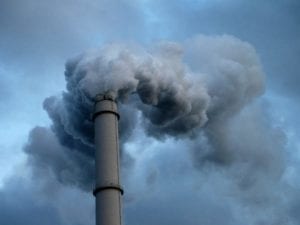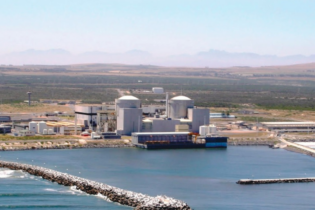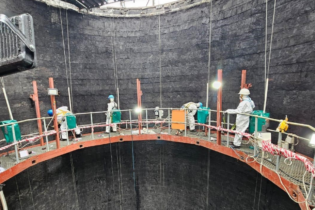South Africa’s power utility Eskom needs around R187 billion to comply fully with existing legislation curbing harmful emissions.
This is according to a government presentation to parliament which was presented on Wednesday. Eskom, which uses mainly coal-fired power plants to generate electricity, was one of 37 top domestic polluters, granted a five-year reprieve by government to meet air emission standards. The new minimum emissions standards for air quality laws in South Africa, which amongst others cover, sulphur dioxide and nitrogen oxide emissions, came into effect on 1 April 2015. “Complete compliance with the 2010 Minimum Emission Standard would require an estimated 187 billion rand,” the presentation by the Department of Public Enterprises said. Africa’s biggest public utility supplies over 90% of South Africa’s electricity, relying largely on coal-fired power stations.Project delays and cost overruns at Medupi and Kusile, two mega-coal plants currently being built by Eskom, largely contributed to Eskom’s debt ballooning to R440 billion.
“Given the current financial constraints, at this stage Medupi will be prioritised to be retrofitted with Flue-Gas Desulphurisation (FGD technology),” the department said. South Africa has said any new coal plants would need to have emission-reducing technology, such as FGD. In September, Eskom said it might have to shut some plants if it fails to reduce emissions, raising the prospect of further power cuts in the county and also putting more pressure on the government which has had to bail out the debt-ridden company to keep it afloat. Eskom has applied to the Department of Environmental Affairs for rolling postponements of its obligations under the legislation to meet the emissions and air standards.







